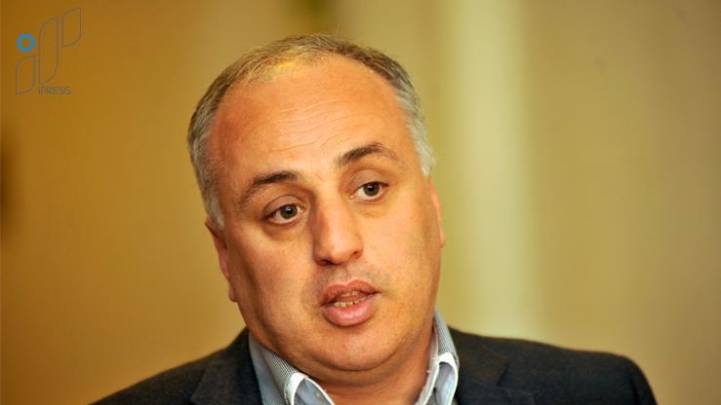Resume: Dimitri Khundadze made his statement on the basis of UNICEF’s last research published in 2015. This research, entitled Well-being of Children and their Families, shows that poverty figures are higher in families with children as compared to childless families across every criteria of poverty assessment. In addition, the figures for general poverty[1] and relative poverty[2] rise in domestic households[3]
together with an increased number of children.
If we take the figures for general poverty, 14% of childless families, 20% of families with one or two children and 24% of families with three or more children live in poverty.
In terms of relative poverty, nearly 32% of families with three or more children live in poverty. This figure is 24.5% in families with one or two children and 18% in childless families.
Analysis
On 16 May 2018, at the session of the Parliament of Georgia, Parliamentary Majority member, Dimitri Khundadze, stated: “Poverty rises in parallel with an increased number of children in a family. For instance, in accordance with UNICEF’s research, 24.5% of families with one or two children live in poverty whilst poverty reaches 32% in families with three or more children.”
The United Nations Children Fund (UNICEF) publishes its research entitled, Well-being of Children and Their Families, every two years. The last publication was in 2016 and reflects data for 2015. The research for 2017 has not yet been published.
UNICEF’s research looks at three levels of poverty: extreme poverty, general poverty and relative poverty. Poverty levels are defined in accordance with international standards in terms of expenses. If a person spends less than USD 1.25 per day, he is considered to live in extreme poverty. If a person’s daily consumption is less than USD 2.5 per day, he is considered to live in general poverty. Those consuming less than 60% of the average expenses of the entire population are considered to live in relative poverty.
UNICEF’s researchdemonstrates that the level of poverty, including poverty among children, is declining. However, child poverty figures (the percentage share of those children who live in poor domestic households) are still higher as compared to the general population and other vulnerable groups.
Table 1:
Poverty Figures in 2013 and 2015
| Poverty Level | Extreme | General | Relative | |||
| Year | 2013 | 2015 | 2013 | 2015 | 2013 | 2015 |
| Children | 6% | 2.5% | 28.4% | 21.7% | 27.1% | 26.8% |
| Pensioners | 1.9% | 1.7% | 20.6% | 15% | 21.3% | 19.3% |
| Population | 3.9% | 2.1% | 24.6% | 18.4% | 22.9% | 23.1% |
UNICEF’s research also demonstrates that poverty figures are higher in families with children as compared to childless families for any level of poverty. In domestic households, the general and relative poverty figures rise as the number of children increases.
In terms of general poverty, 20% of families with one or two children live in poverty. This figure exceeds 24% in the case of families with three or more children whilst poverty figures stand at 14% in childless families.
Relative poverty figures are at 24.5% in those domestic households with one or two children. Nearly 32% of families with three or more children live in poverty. The relative poverty figure for childless families is approximately 18%.
Further, 2.5% of families with one or two children live in extreme poverty. Extreme poverty figures are lower in families with three or more children. However, extreme poverty levels are higher in families with children as compared to childless families.
Table 2:
Poverty Figures in Terms of Number of Children Living in Domestic Households (2015)
| Types of Domestic Households | Extreme Poverty (Domestic Household %) | General Poverty (Domestic Household %) | Relative Poverty (Domestic Household %) |
| Childless Families | 1.3 | 13.8 | 17.7 |
| Families with Children | 2.4 | 20.5 | 25.5 |
| Families with one or two children | 2.5 | 20 | 24.5 |
| Families with three or more children | 1.2 | 24.3 | 31.7 |
| In Total | 1.7 | 16.4 | 20.7 |
[1]
General poverty – when a person spends less than USD 2.5 per day.
[2]Relative poverty – this indicator refers to that part of the population consuming less than 60% of the entire population’s average expenses.
[3] Domestic household – this term refers to an association of people with shared accommodation and a common budget. They can be related or not related (a domestic household can also consist of only one individual).

















